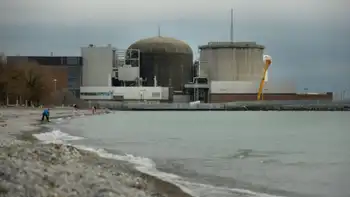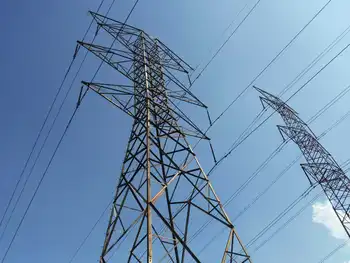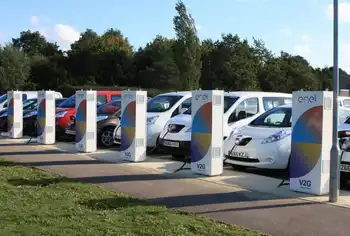Artificial leaf creates power from sun
"A practical artificial leaf has been one of the holy grails of science for decades," Daniel Nocera, a Massachusetts Institute of Technology professor of chemistry and energy, said in a release.
"We believe we have done it. The artificial leaf shows particular promise as an inexpensive source of electricity for homes of the poor in developing countries. Our goal is to make each home its own power station," he said.
Nocera unveiled his leaf at the National Meeting of the American Chemical Society in California.
About the size of a very thin playing card, the silicon solar cell uses electronics and catalysts to accelerate chemical reactions to convert sunlight and water into electricity.
The cell is placed in a gallon of water in full sun, where it splits the water into hydrogen and oxygen. The hydrogen and oxygen gases are then stored in a fuel cell, which uses the two elements to produce electricity.
The artificial leaf is not a new concept. John Turner of the U.S. National Renewable Energy Laboratory in Colorado created the first one more than 10 years ago. But it used rare, expensive metals and had a lifespan of barely one day.
Nocera said his leaf is made of inexpensive materials that are widely available, including catalysts made of nickel and cobalt. In a lab experiment, he showed that his leaf can operate continuously for at least 45 hours without a drop in activity.
"One can envision villages in India and Africa not long from now purchasing an affordable basic power system based on this technology," he said.
Related News

For Hydro-Québec, selling to the United States means reinventing itself
MONTREAL - For 40 years, through the most vicious interprovincial battles, Canadians could agree on one way Quebec is undeniably superior to the rest of the country.
It’s hydropower, and specifically the mammoth dam system in Northern Quebec that has been paying dividends since it was first built in the 70s. “Quebec continues to boast North America’s lowest electricity prices,” was last year’s business-as-usual update in one trade publication.
With climate crisis looming, that long-ago decision earns even more envy. Not only do they pay less, but Quebeckers also emit the least carbon per capita of any province.
It may surprise most Canadians,…





